Calf scour is the leading cause of mortality in young calves.
However, it is preventable with vaccination, good herd health planning and keeping cattle housing clean.
Vaccination is available to prevent problems such as rotavirus or salmonella from becoming a problem. However, there is no vaccine for crypto or coccidiosis.
Generally speaking, the period of highest risk for cryptosporidia is greatest when the calf is one week to four weeks of age. Thereafter, coccidiosis becomes a bigger risk.
The five main causes of calf scour have different symptoms. Knowing what you are looking for will prevent you from misdiagnosing the problem and giving the wrong course of treatment.
The symptoms are outlined as follows:
Cryptosporidia
Cryptosporidia causes rapid weight loss in calves along with excessive diarrhoea which is usually green or yellow in colour. There can often be mucus in the faeces also.
Calves will become dehydrated due to the loss of fluid in diarrhoea, giving it a very dull appearance.
Coccidiosis
Coccidiosis damages the lining of the large intestine, causing blood to appear in dung as the calf starts to scour.
Calves appear to be straining despite scouring. Dung is usually watery and brown in colour. As with other scours, calves will be dehydrated and have no appetite.
Rotavirus
Rotavirus is most commonly found in young calves under two weeks of age, but it can affect older calves.
Calves are slow to stand and feed. Therefore they quickly become dehydrated, dull and lethargic in appearance.
The calf will start passing a very watery, yellow scour.
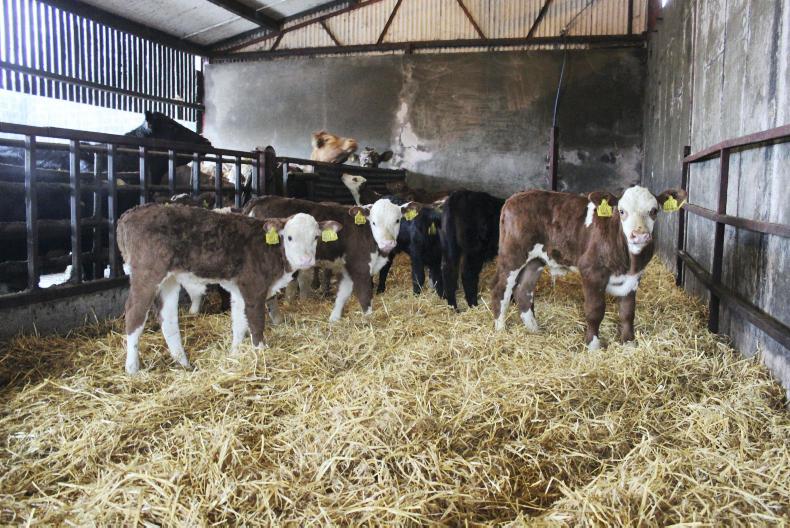
Identifying the correct cause of calf scour will allow for the correct treatment to be given.
Coronovirus
Coronavirus is similar to rotavirus and can be mistaken for it as a result. But coronavirus usually has a more severe effect on calves.
Along with the watery scour, mucus from the gut lining can be present in faeces as well as milk curds.
It is most commonly found in calves up to three weeks of age.
E coli
E coli is less common and usually affects calves in the days immediately after calving. Affected calves will pass excessive levels of faeces with a white, or light yellow colour. Calves usually become bloated, unwilling to stand and suffer from severe dehydration.
Salmonella
Salmonella also causes blood to appear in faeces. However, it differs from coccidiosis as there is usually a yellow colour to the scour. Again, mucus is often found in the faeces.
Salmonella usually causes the scour to have a pungent odour. Again, calves quickly become dehydrated and mortality can be quite fast in a severe infection.
Treatment
If you find yourself in the position of dealing with a scour problem, you should follow these simple steps to aid recovery.
1. Isolate the calf to a separate pen with dry bedding and good ventilation.
2. Thoroughly clean out and disinfect the pen where the sick calf came from.
3. Hydrate the calf with electrolytes morning and night.
4. Keep feeding the calf milk to provide energy.
5. Keep changing the straw bedding regularly.
Read more
Five steps to preventing calf scour
Beef management: pneumonia issues in sheds
Vet's corner: minimising disease in weanlings at housing
Calf scour is the leading cause of mortality in young calves.
However, it is preventable with vaccination, good herd health planning and keeping cattle housing clean.
Vaccination is available to prevent problems such as rotavirus or salmonella from becoming a problem. However, there is no vaccine for crypto or coccidiosis.
Generally speaking, the period of highest risk for cryptosporidia is greatest when the calf is one week to four weeks of age. Thereafter, coccidiosis becomes a bigger risk.
The five main causes of calf scour have different symptoms. Knowing what you are looking for will prevent you from misdiagnosing the problem and giving the wrong course of treatment.
The symptoms are outlined as follows:
Cryptosporidia
Cryptosporidia causes rapid weight loss in calves along with excessive diarrhoea which is usually green or yellow in colour. There can often be mucus in the faeces also.
Calves will become dehydrated due to the loss of fluid in diarrhoea, giving it a very dull appearance.
Coccidiosis
Coccidiosis damages the lining of the large intestine, causing blood to appear in dung as the calf starts to scour.
Calves appear to be straining despite scouring. Dung is usually watery and brown in colour. As with other scours, calves will be dehydrated and have no appetite.
Rotavirus
Rotavirus is most commonly found in young calves under two weeks of age, but it can affect older calves.
Calves are slow to stand and feed. Therefore they quickly become dehydrated, dull and lethargic in appearance.
The calf will start passing a very watery, yellow scour.

Identifying the correct cause of calf scour will allow for the correct treatment to be given.
Coronovirus
Coronavirus is similar to rotavirus and can be mistaken for it as a result. But coronavirus usually has a more severe effect on calves.
Along with the watery scour, mucus from the gut lining can be present in faeces as well as milk curds.
It is most commonly found in calves up to three weeks of age.
E coli
E coli is less common and usually affects calves in the days immediately after calving. Affected calves will pass excessive levels of faeces with a white, or light yellow colour. Calves usually become bloated, unwilling to stand and suffer from severe dehydration.
Salmonella
Salmonella also causes blood to appear in faeces. However, it differs from coccidiosis as there is usually a yellow colour to the scour. Again, mucus is often found in the faeces.
Salmonella usually causes the scour to have a pungent odour. Again, calves quickly become dehydrated and mortality can be quite fast in a severe infection.
Treatment
If you find yourself in the position of dealing with a scour problem, you should follow these simple steps to aid recovery.
1. Isolate the calf to a separate pen with dry bedding and good ventilation.
2. Thoroughly clean out and disinfect the pen where the sick calf came from.
3. Hydrate the calf with electrolytes morning and night.
4. Keep feeding the calf milk to provide energy.
5. Keep changing the straw bedding regularly.
Read more
Five steps to preventing calf scour
Beef management: pneumonia issues in sheds
Vet's corner: minimising disease in weanlings at housing





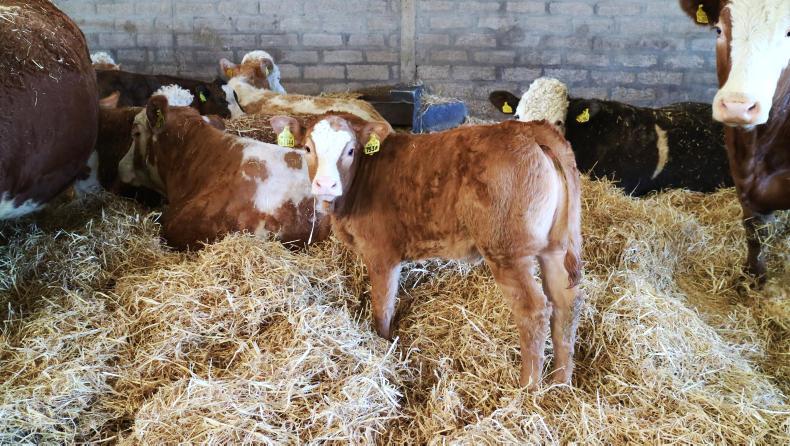
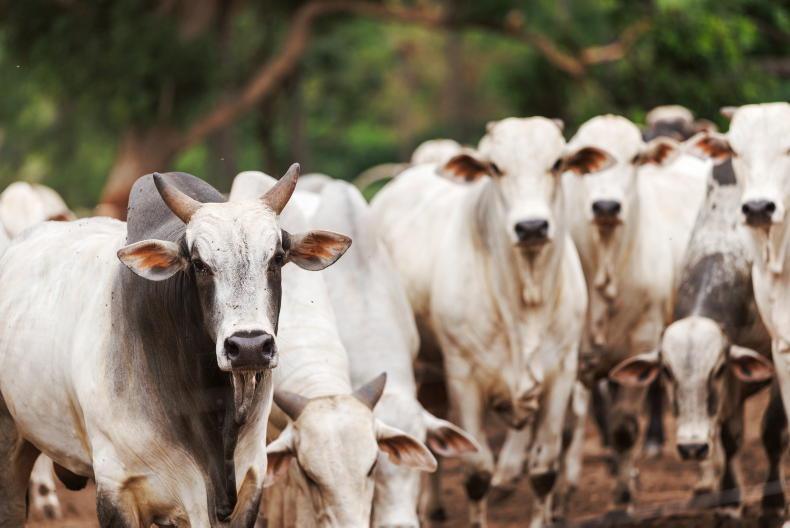

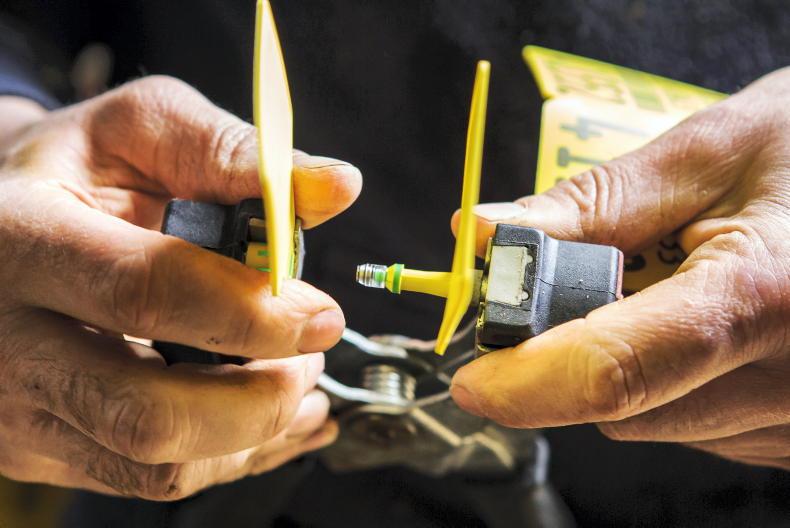
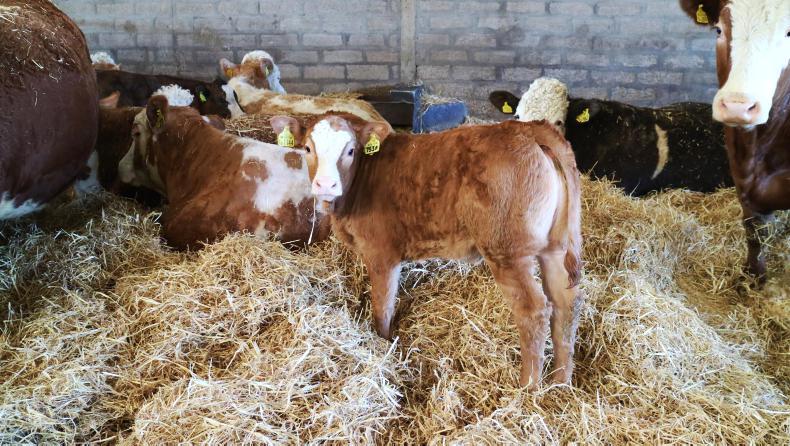
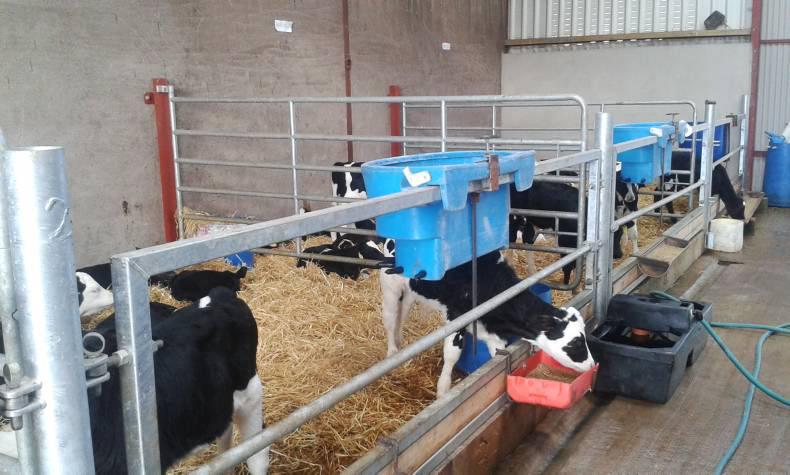
SHARING OPTIONS